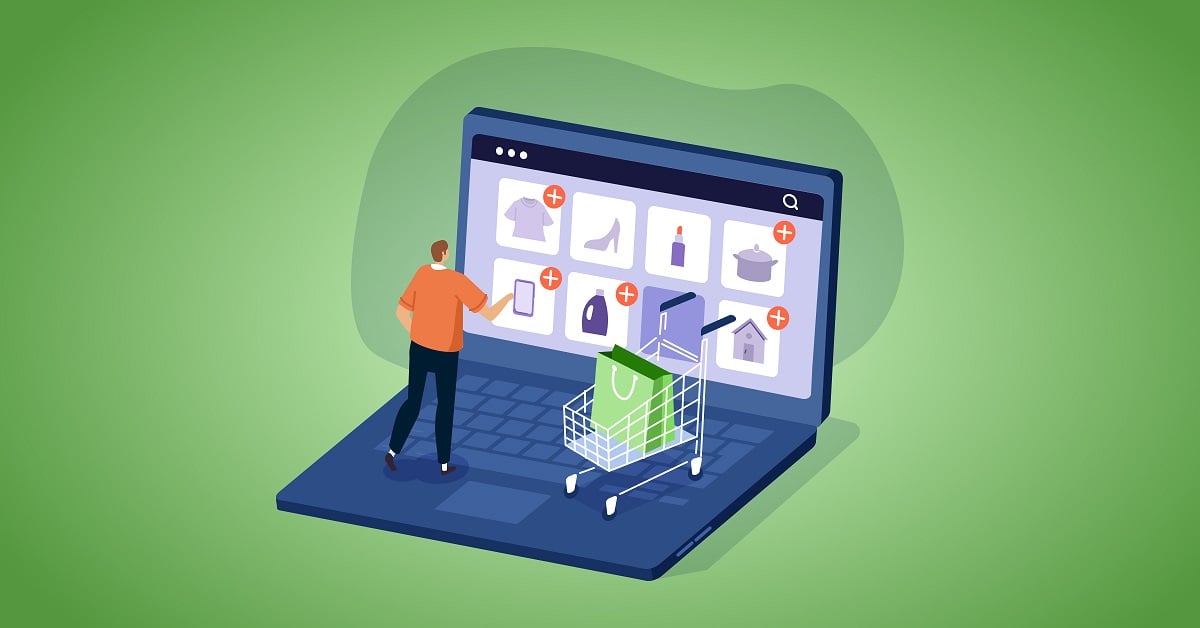Selling consumer products can get complicated quickly. If you’re a small supplier, you may be able to sell directly from a single website. But as soon as you decide to place your product on eCommerce marketplaces, retailer digital sites (like Amazon.com, Walmart.com or Jet.com), or in physical store locations, you need to be able to submit your product data to feed the retailer systems. And they have their own requirements for the way you present your data.
This is important because retailers (often called recipients, as the data is sent to them) need to manage all the products coming in to their warehouses, including the space required, the time products can be stored before spoiling, and additional storage requirements (like freezing or keeping away from moisture).
From the retailer side, they are taking in hundreds of thousands – if not millions – of different products to flow through their supply chain. Since they must manage inventory while ensuring quality and accuracy, most have adopted the standards of the Global Data Syndication Network (GDSN), with other suppliers and data recipients. They all share product information in the manner determined by GS1, the global body that oversees the standards for products.
The GDSN is an industry standard for sharing product data, specifically shipping specifications.
What’s a ‘data pool’… and what’s the difference?
Data Pools are organizations (like Syndigo) that have the standards and technology systems to send and receive GDSN product information between recipients and their suppliers. On the surface it might appear that one data pool is as good as the next. However, there are three good reasons to consider alternative data pools.
Here are a few key differences:
- Pricing – Providers may charge based on item overall revenue, or on how many recipients receive data, or on the number of active SKUs in the GDSN. Providers may also charge a premium for customer service if it is not included in the base price. We at Syndigo believe the best approach is to price based on the number of active SKUs, with volume discounts for larger number of SKUs processed.
- Customer Service – this is often overlooked for data submission, but some providers will charge extra for support, or only provide limited support. For something as important as ensuring your data is processed accurately, having direct access to your support team is critical. Of course, customer service is always included as part of our service at Syndigo.
- Data Input/Output –There can be a difference in the way data pools submit your information. Some may simply upload your information to the GDSN as-is, without any quality checks. Some may also require you to do all the item coding before sending them the data. Because it is so important to ensure your data is correct, your data pool should validate your data for accuracy and completeness, and notify you when there are discrepancies that need correcting.










